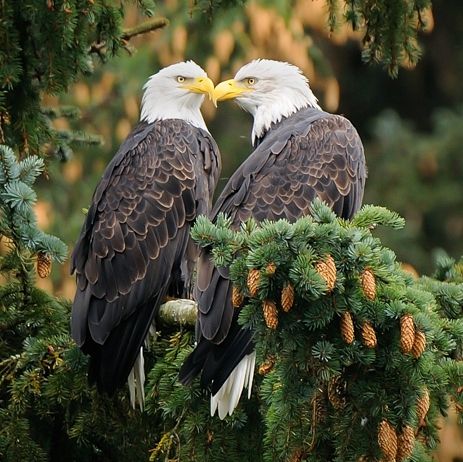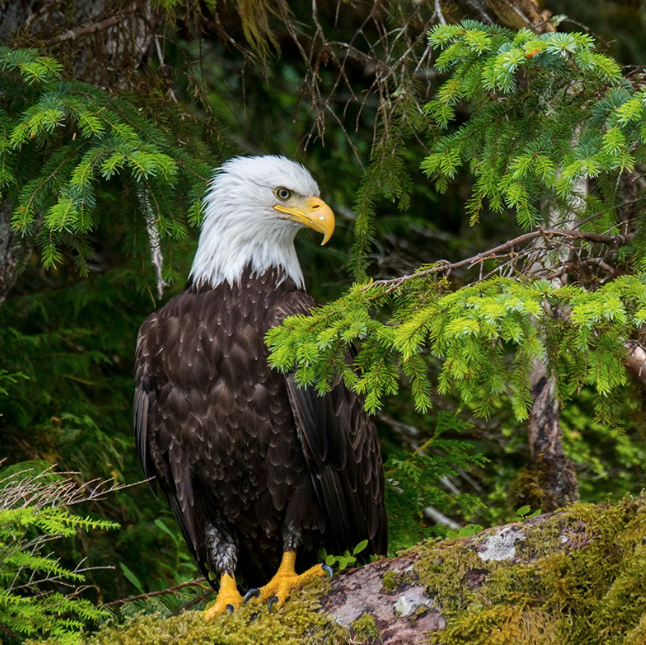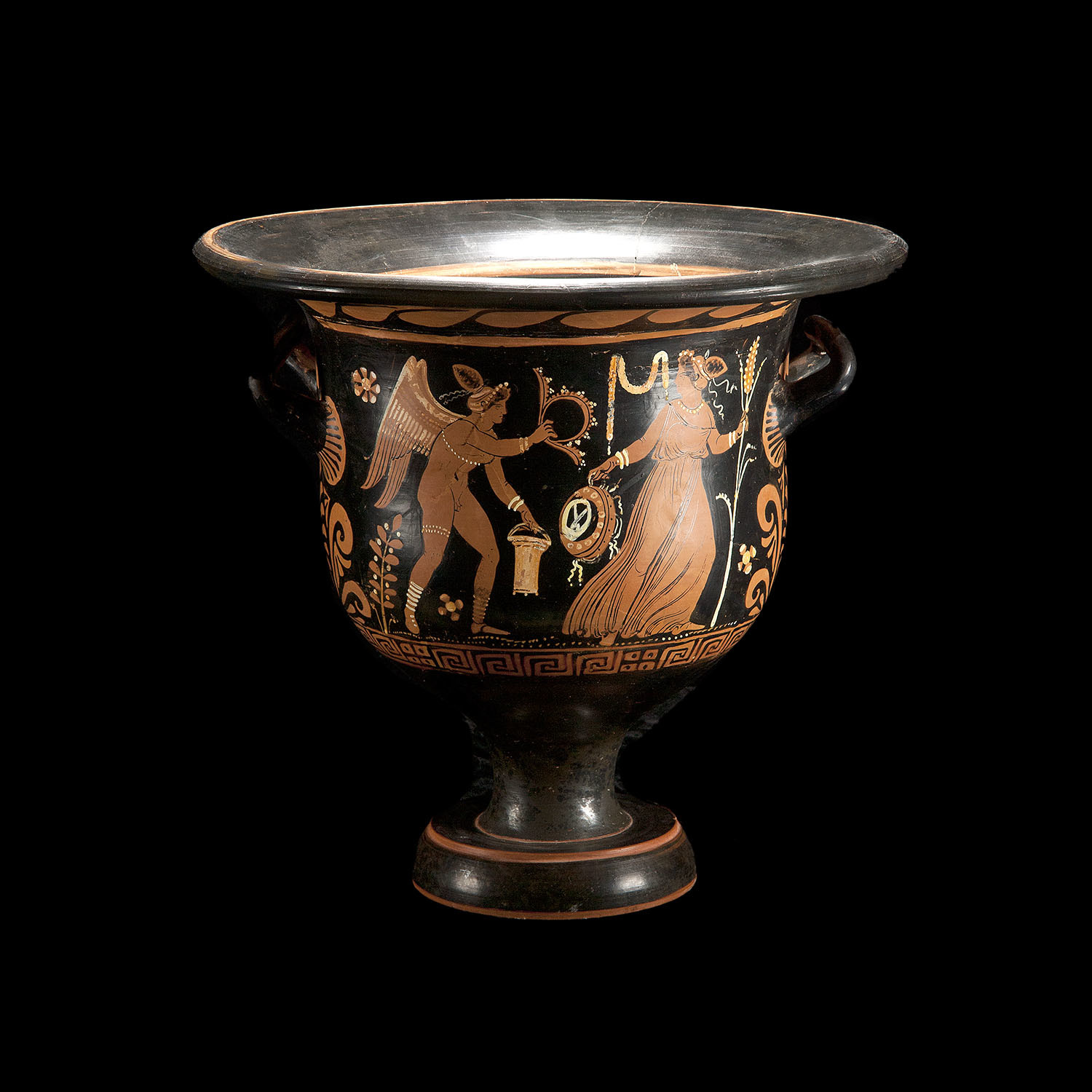What species alive today, existed a hundred million years ago? The article cites the horseshoe crab, but the species alive today are not found in the fossil record. Same with Coelacanths. It's cool that general body plans have persisted that long, but jellyfish have them all beaten in that contest, not to mention bacteria.
And Darwin's theory explains why some body plans (if not species) last for a very long time. As Darwin showed, if an environment stays relatively unchanging then a well-fitted population in that environment should not change much. Deep seas and coastal areas have had relatively little environmental change, and not surprisingly, that is where we see such things evolve. Modern coelacanths, for example, are very different from mostly freshwater populations many millions of years ago.
And Limulus, the genus of horseshoe crabs today, did not appear until the late Jurassic, while the older genera are much older, as far back as the Devonian. The modern species is, as I said, not seen in the fossil record; it evolved rather recently.




